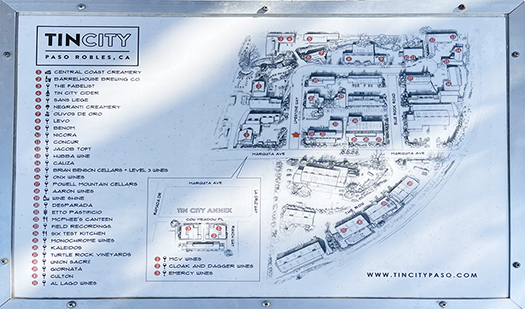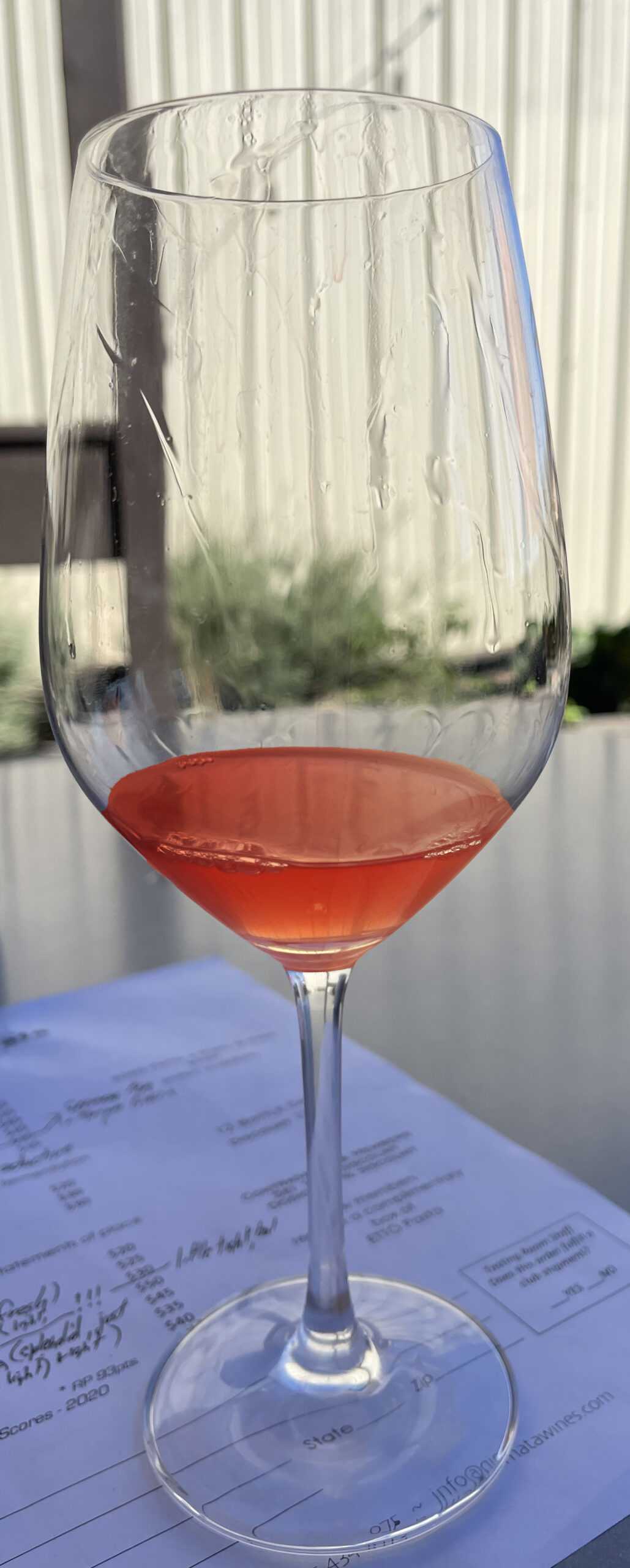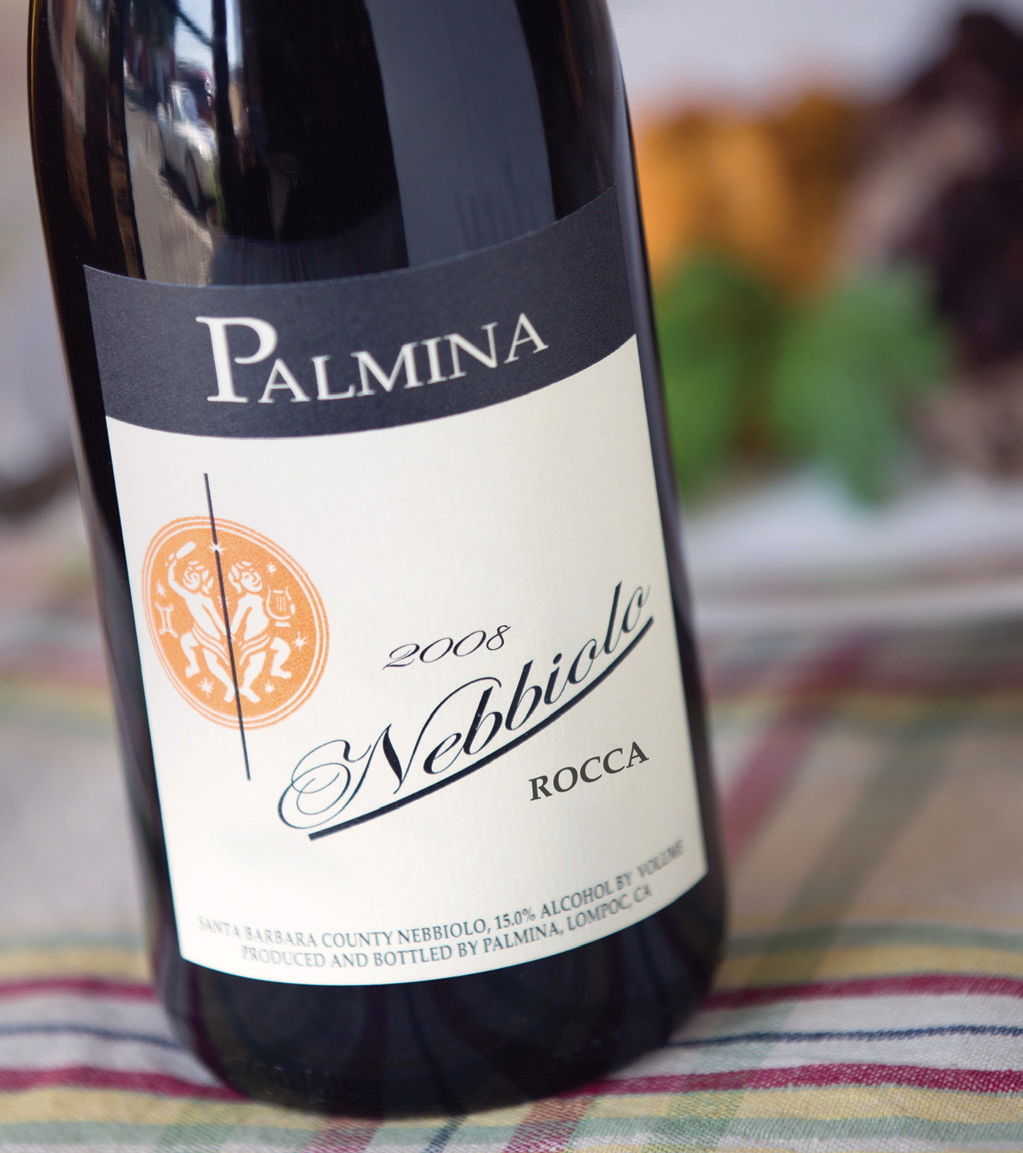In forming Sostevinobile, Your West Coast Oenophile dedicated this still-nascent venture not only to creating a singular temple for wines produced along the entire stretch of the North Pacific’s West Coast (Baja California—British Columbia), but committed these efforts to the highest level of sustainability we could attain. My personal dedication to this latter facet of our business is to cycle as much as possible, instead of driving, notably throughout the confines of San Francisco proper, as well as points attainable over the Golden Gate Bridge. At least as long as my increasingly wobbly knees will withstand.
And so, one might assume that I regarded the dramatic reduction of automobile traffic, particularly at the start the damned pandemic, as a boon. But, as it turned out, the remarkably clean air proved quite the annoyance. As soon the sun began settling past the meridian, the blinding glare became overwhelming, making any kind of westerly route unbearable, if not hazardous. Dare I say I actually began to miss the air pollution?

Heading to Paso Robles earlier this month, my route required that I pass through the confines of the tech jungle for the first time since 2019. Much to surprise, in the offing to my left, there hovered the famed San José smog along the Diablo Mountains that bifurcate Santa Clara County. Could this be an omen that the end of COVID-19 was finally within sight? Could foul air mean congested traffic mean a return to normalcy? It’s enough to make a wine guy want to learn how to plot an algorithm!
But nothing that Legoland (my derisive term for Silicon Valley) offered could dissuade me from reaching my destination for the weekend. Various complications had kept me from visiting Paso since 2018, so the opportunity to return for the revived Garagiste Wine Festival proved too compelling to miss. Arriving the day before the Grand Tasting, I spent the afternoon reacquainting myself with the township.
 For the past several years, ground zero for cutting-edge winemaking in Paso Robles has been the eclectic collective known as Tin City. But what had been a relatively underground enclave had blossomed into a full-fledged destination, overflowing with wineries and tasting rooms, as well as breweries, cider plants, restaurants and artisan food purveyors. Not to mention teeming with locals and tourists alike. As Dorothy Gale might have said, “I’ve a feeling we’re in Kansas anymore!”
For the past several years, ground zero for cutting-edge winemaking in Paso Robles has been the eclectic collective known as Tin City. But what had been a relatively underground enclave had blossomed into a full-fledged destination, overflowing with wineries and tasting rooms, as well as breweries, cider plants, restaurants and artisan food purveyors. Not to mention teeming with locals and tourists alike. As Dorothy Gale might have said, “I’ve a feeling we’re in Kansas anymore!”
A sign of COVID times, simply dropping in on a Tin City tasting room no longer is an option, a change that severely hampered my modus operandi. Nonetheless, I was able to schedule a special trade appointment with Giornata, Paso Robles leading producer of Italian varietal wines. Brian and Steffi Terrizzi are both fellow members of NEB, so, not surprisingly, their 2018 Nebbiolo Luna Matta—for the uninitiated, Nebbiolo, the grape that constitutes both Barolo and Barbaresco, is known among cognoscenti as the wine for when Pinot Noir drinkers grow up—proved extraordinary, as did the 2018 Aglianico Luna Matta.

Giornata’s Fatto a Mano series of wines might be deemed “natural,” but the term hardly does justice to these painstakingly crafted wines that are aged in amphorae. Standouts among these selections were the proprietary white blend, the 2020 Bianco Estate, a deft mélange of Trebbiano, Friulano, and Ribolla Gialla, and their esoteric red, a co-fermented 2020 Grenache Moscato, produced with Moscato Gialla and an early picked Grenache Rouge.
As much as I enjoyed these two wines, my eyes nonetheless gravitated toward the 2020 Falanghina, my first experience with this varietal as a skin-contact wine. But, of course, I could not overlook the flagship 2020 Ramato, easily the intensely orange Pinot Grigio I have ever experienced. An utterly superb bottling!
Even after two hours, I could have stayed on—and perhaps should have, after learning that the renowned Luna Matta Vineyard, the crown jewel of Italian varietals in Paso Robles, was being replanted with Cabernet Sauvignon—a most egregious development in my book. But the Grand Tasting for Garagiste beckoned, and even without cohesive directions to the Paso Fairgrounds, I reluctantly departed.
COVID-19 has been so devastating, in so many ways. For like myself in the wine sector, its impact on trade tastings has been particularly arduous, not just stifling all aspects of our business practices but depriving us of the camaraderie these gatherings foster. Since California’s putative lifting the pandemic color coding system, there has been a slow reemergence of trade events, though most have been a pallid vestige of their former incarnations, with reduced attendance capacities, substitute pourers, a dearth of trade/media passes, and astronomical ticket prices—particularly in Napa, where some four different AVA events sought ~$175 for a two-hour tasting.
A number of imported wine events have resurfaced these past six months, including St. Emilion, Portugal, Georgia, and the annual Simply Great Italian Wines, though almost all were represented by their American distributors. While these events help as a point of comparison and often attune my palate to varietals like Saperavi or Alvarelhão that have scant plantings here in California, they offer little in the way of reigniting Sostevinobile’s core mission.
Since June, I’ve been happy to attend the inaugurals of both the Chardonnay Classic and the Cabernet Classic at Vista Collina, as well as Healdsburg Crush, the revamped rendition of Pinot on the River, all of which still were generous enough to accommodate select media and trade. And I was most please to be once again selected as a judge for USA Wine Ratings. But it wasn’t until Garagiste that I felt a true sense of return to normalcy.
The true beauty of these tastings is the opportunity to discover an array of small producers whom I might not have otherwise encountered. This time, after a 2-year hiatus, the list of newcomers was bountiful, with 23 wineries to add to the Sostevinobile database. Layout of the Paso Event Center lent itself to an easy alphabetical navigation, which I followed in reverse order. Just because…
Here’s a brief synopsis of the wineries I discovered:
- Zanoli Wines, a local, 350 cases project focused on Rhône varietals. Standout selections included their 2019 Mourvèdre Glenrose Vineyard and the 2018 Red, a Syrah-dominated GSM blend
- The Wine Boss, a winery & custom-crush facility in Paso Robles, offered an amiable 2018 Fortunate Youth Cabernet Franc
- Executive Director for Rhône Rangers, Kim Murphy-Rodrigues, poured both a 2020 Picpoul Blanc and a 2018 Grenache Morro View Vineyard that may have been the afternoon’s best selection, for her family-owned Vigo Cellars
- Thibido Winery, a new Paso Robles producer, showcased their 2020 First Date Grenache Blanc and the superb 2020 Just Because Carbonic Syrah—just because…
- Another new endeavor, St. Eva Hill, seemed a decidedly mixed bag, but I did cotton to their 2019 Estate Petite Sirah, as well as the 2019 Estate Rosé
- Bakersfield’s San Rucci, a truly boutique effort, impressed with their 60 case bottling of the 2019 Cabernet Franc
- RF Fine Wines delighted with their 2015 Riserva Primitivo, but their forte was in a trio of Paso Robles Cabernets, most notably the 2018 Legacy Cabernet Sauvignon
- From Turley’s vineyard manager, Brennan Stovall, the intriguingly-named Quench & Temper is uniquely focused on blending Graciano with Rhône varietal grapes, exemplified by the 2019 Chapter IV (+ Grenache) and the 2019 La Cantera (+ Syrah)
- I was vastly impressed with Nenow Family Wines, another Paso-based Rhône producer, with excellent selections across the board, particularly their GSM blend, the 2018 Elevens and an astounding 2018 Syrah Kimsey Vineyard
- In Atascadero, south of Paso Robles, John Merrick’s Mea Wine presented a cross-section of Italian, French, And Spanish varietals, and while I am wont to favor his 2019 Estate Vermentino, the 2018 Revelation, a Syrah-Tempranillo blend, proved equally compelling
- In recent years, Paso has been home to California’s renewed interest in Mourvèdre, the proverbial Holy Ghost of the GSM Trinity. Here, Loma Seca best exemplified the stunning versatility of this varietal with their 2019 Estate Mourvèdre
- Mourvèdre can also be known as Mataro or Monastrell. Like Grenache, aka Garnacha, it is popular as both a Rhône grape and a Spanish varietal, too. Still. it is uncommon for both grapes to be blended with a pair of more distinct Spanish plantings, Tempranillo and Graciano, but this quartet comprised a most distinctive wine, the 2019 La Macha. from Paso Robles’ Hayseed and Housdon
- The familiar refrain, Don’t Call It Frisco, doesn’t apply if that happens to be your surname. Nor is it an apostasy for Frisco Cellars to produce their 2018 Blanc du Rouge, a painstakingly handcrafted white Cabernet Sauvignon
- Because I can speak Italian, I was able to deduce the meaning of Familia Hicks, as it varies only slightly from our term famiglia. But were it not for this Paso Robles micro-boutique, I would not have known that their 2019 Kazoku, a Templeton Gap Syrah, also means family (in Japanese)
- This name only seems like a typo. Etnyre Wines heralds from Pismo Beach and produces 200 cases of coastal reds, displayed here with both the 2016 Pinot Noir Quin’s Vineyard and the striking 2016 Syrah Quin’s Vineyard
- Orion Stang partnered withColorado winemaker Richard Crockett to create Emercy , a Paso Robles winery on eclectic blends, like their 2019 Grenache/Cabernet Sauvignon/Petite Sirah, whose unimaginative name belies it’s extraordinary complexity
- I vaguely recall Dracaena from their incubation at San Francisco’s former Crushpad facility, but now they have grown to a full-fledged Paso Robles operation, producing a noteworthy 2019 Classic Cabernet Franc, alongside their Rosé and Chenin Blanc offerings
- Of course, even if your name really is Demeter, your wine should be biodynamic, but their 2015 Sangiovese Javadi Vineyards muted any criticism I might have had
- On the other hand, I can’t saying specifically what a winery named Crush Vineyard ought to produce, but their 2017 Inception, a GSM blended with Tannat, proved most intriguing
- I had met Paige Wilson at Concur’s Tin City facilities on the previous day, but, despite her libertarian proselytizing, promised to taste with her husband Patrick at Garagiste. Happy to report that there was nothing laissez-faire about the 2018 Tank, a Mourvèdre-focused GSM blend

- I suspect I would have found Bushong’s wine selections as compelling even if it weren’t for their intriguing label designs. Certainly, both their superb 2019 Tannnat Vineyard 1010 and the 2019 Same Deep Water, a Spanish varietal blend of Cariñena, Tempranillo, and Garnacha proved complex wines that could overshadow even the blandest packaging
- Similarly, Karin Langer’s Bolt To Wines matched the sheer excellence of her 2019 Chardonnay Sta. Rita Hills and 2018 Syrah Ballard Canyon withcevocative renditions of Central Coast flora and fauna
- Given its resurgence in Paso Robles, I would have expected to find quite a number of Malbecs being poured this afternoon. Nonetheless, the 2018 Malbec Paicines AVA (San Benito County) from Arianna Wines was enough to suffice, while her 2020 Torrontés Alta Mesa was a perfectly refreshing white with which to wrap up this hot afternoon
I wish I could have remained in Paso Robles for several more days, but I had committed to the revival of the West of West tasting being held in San Francisco. Held amid the hyper-elegant confines of The Battery, this intimate gathering assembled all the hallmarks of a well-appointed professional tasting, compact yet easily navigated, hampered only by its lack of a printed program. To be honest, there was little revelatory to this event; given the narrow focus (Chardonnay and Pinot Noir, with a splash of Syrah) of the West Sonoma AVA, I have long been familiar with the selections each winery has to offer. My attendance here was primarily to show my support and to reconnect with the winemakers on hand after the arduous 20 months of pandemic separation.
Granted, these two events were not 100% back to pre-COVID status, but things finally felt close enough to declare “we’re back!” But then Taste Washington announced they were compelled to cancel for 2022, South Australian Shiraz: Iconic and Ageworthy postponed until January (or later) due to shipping difficulties, and up pops the Omicron variant. Sempre lo stesso…
